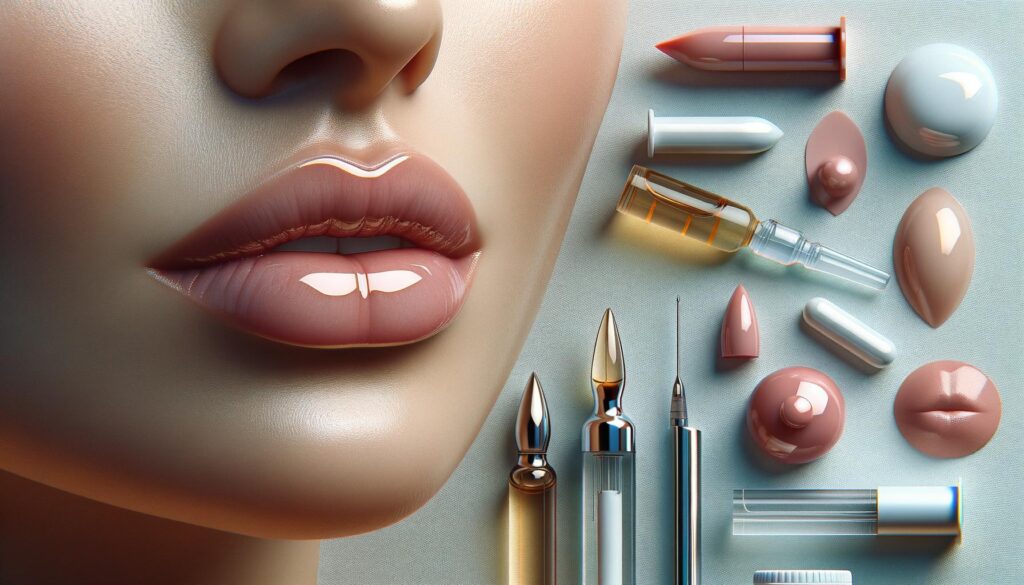Exploring the World of Lip Fillers: What You Need to Know

Understanding Lip Fillers
Lip fillers are substances injected into the lips to enhance their volume, shape, and overall appearance. They typically use hyaluronic acid, a naturally occurring substance in the body, which helps in retaining moisture and adding volume. Over the years, the demand for lip fillers has risen significantly due to their non-invasive nature and the immediate results they offer. Unlike more complex surgical options, fillers can be administered quickly and require minimal downtime, making them an attractive option for those seeking subtle yet noticeable changes.
The Procedure: What to Expect
Undergoing a lip filler procedure is relatively straightforward. First, a consultation with a qualified practitioner is essential to discuss desired outcomes and potential risks. During the procedure, a topical anesthetic may be applied to numb the lips, ensuring comfort. The practitioner will then use a fine needle to inject the filler into specific areas of the lips. The entire process usually takes less than an hour. Post-procedure, it’s common to experience some swelling and bruising, but these symptoms typically subside within a few days. Patients are usually advised to avoid strenuous activity, alcohol, and extreme temperatures immediately after the treatment to ensure optimal results.
Benefits and Considerations
Lip fillers offer several benefits, including enhanced lip volume, improved symmetry, and a more defined lip contour. For many, these enhancements can significantly boost confidence and self-esteem. However, there are several factors to consider before opting for lip fillers:
- Results are temporary, generally lasting between six months to a year.
- Choosing a skilled and experienced practitioner is crucial to achieving natural-looking results.
- It’s important to have realistic expectations and understand that results may vary based on individual anatomy and the type of filler used.
Potential Risks and Mitigation
Like any cosmetic procedure, lip fillers come with potential risks. Common side effects include temporary swelling, redness, and bruising. Although rare, more serious complications such as infection, uneven texture, or allergic reactions can occur. To minimize these risks, it is vital to select a licensed and reputable professional who follows stringent hygiene and safety protocols. During the initial consultation, discussing any medical conditions and allergies with the practitioner will help tailor the treatment to mitigate potential adverse effects.
A Closer Look at the Popularity of Lip Fillers
The popularity of lip fillers can be attributed to their ability to offer quick and noticeable enhancements without long-term commitment. Social media influence and celebrity endorsements have contributed significantly to this trend, with many individuals aspiring to replicate the full, plump lips sported by their favorite influencers. However, personal safety and satisfaction should always take precedence over trends. Educating oneself about the procedure, its outcomes, and aftercare will equip prospective clients with the knowledge to make informed decisions.
Conclusion: Making the Right Choice
Lip fillers present a viable option for those looking to enhance their facial aesthetics. By offering the promise of fuller, more defined lips, they cater to individuals seeking a simple yet effective cosmetic enhancement. As with any procedure, prospective clients should prioritize thorough research and consultation with qualified practitioners to ensure a safe and satisfactory experience. Ultimately, the decision to pursue lip fillers should be guided by personal goals and a clear understanding of the procedure’s potential benefits and risks.
